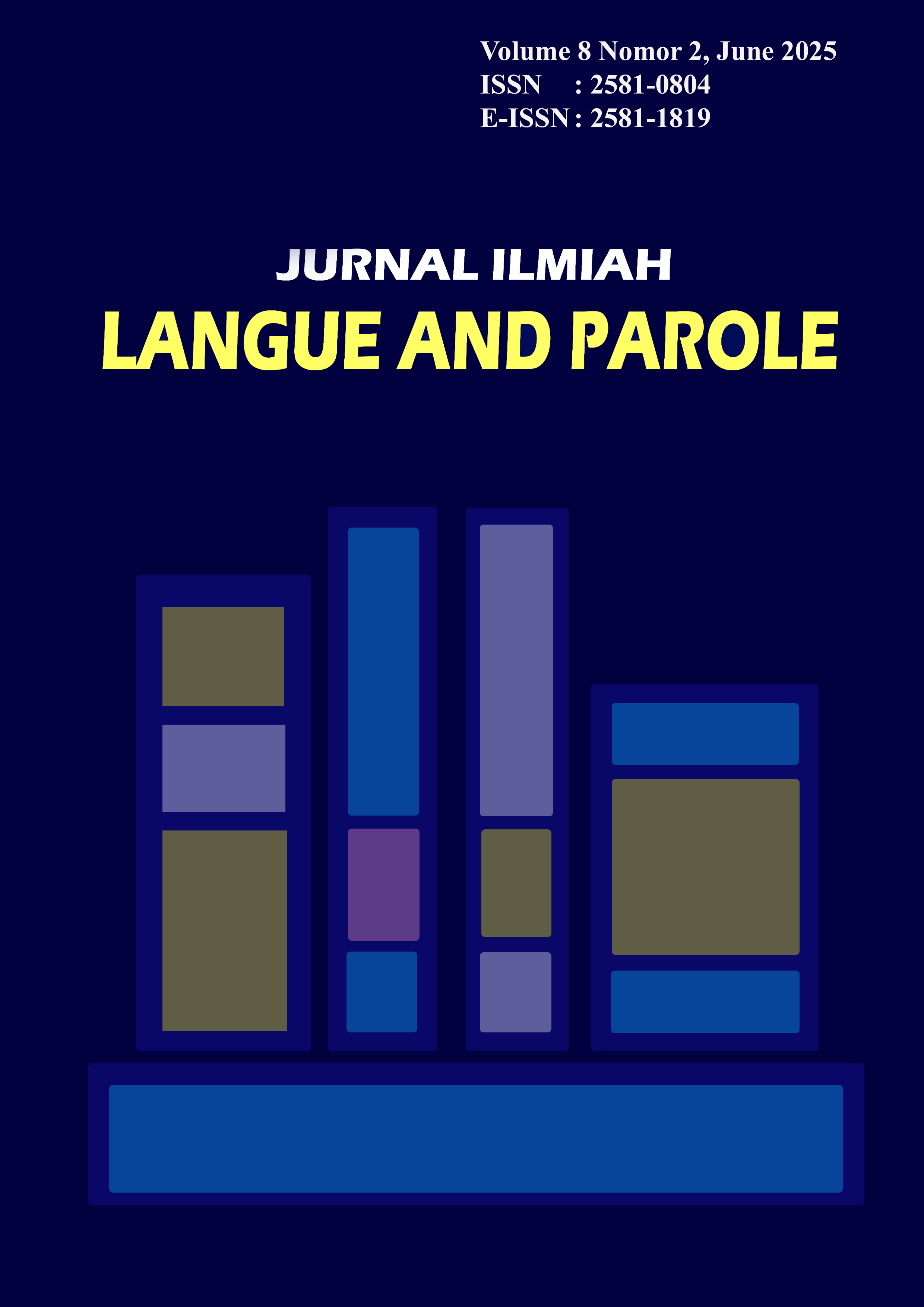Analysis Of Hate Speech Against Anies Baswedan In Instagram Comment Sections: A Pragmatics Analysis
DOI:
https://doi.org/10.36057/jilp.v8i2.723Keywords:
Hate, Speech, Speech Act, Instagram, PragmaticsAbstract
This reserach examines the phenomenon of hate speech directed at Anies Baswedan by Instagram users, with the aim of identifying and analyzing various types of hate speech as well as illocutionary speech acts that appear in comments on the platform. This research employs a pragmatic approach as its analytical framework to identify different types of hate speech and analyze the illocutionary dimension of such speech. The research method used is qualitative, where data is collected and classified based on the content of Instagram user comments. The data subjects analyzed are sentences containing elements of hate speech on Anies Baswedan's Instagram account. Then, researcher use the document technique. The analysis revealed that there are 15 utterances of hate speech in the form of insults, 1 utterance of provocation, and 4 utterance of spreading false news. Additionally, in terms of illocutionary acts, there are 2 categorized as utterance of representative, 6 utterance expressive, and 1 utterance of directive. The findings of this research provide significant insights into the patterns and characteristics of hate speech on social media, as well as its implications for political communication in the digital sphere.
Downloads
References
[1]Arfiawati, F., and Guntari, T. (2022). Hate speech and illocutionary act on Joe Biden’s Instagram account: A pragmatics approach. Jurnal Sastra Studi Ilmiah Sastra, 12(2).
[2]Austin, John. Langshaw. (1962). How to do things with words. Harvard university press.
[3]Creswell, John, W. (2017). Research design: Qualitative, quantitative, and mixed methods approaches. Sage Publications.
[4]Kemdikbud. (2016). Kamus Besar Bahasa Indonesia (KBBI) Edisi Kelima. Jakarta: Badan Pengembangan dan Pembinaan Bahasa, Kementerian Pendidikan dan Kebudayaan Republik Indonesia.
[5]Khotari, Chandra, R. (2004). Research methodology: Methods and techniques. New Age International.
[6]Kreidler, Charles, W. (2002). Introducing English semantics. Routledge.
[7]Lune, H., and Berg, B. L. (2017). Qualitative research methods for the social sciences. Pearson.
[8]Mandarani, V., and Fediyanto, N. (2022). Buku ajar English pragmatics. Umsida Press.
[9]Nasution, M. M., Izar, J., and Husnun Afifah, I. (2021). An analysis of hate speech against K-Pop idols and their fans on Instagram and Twitter from the perspective of pragmatics. Journal of English and Linguistics, 2(2), 91-99.
[10]Nieto, Guillen, V. (2023). Hate speech: Linguistic perspectives. De Gruyter.
[11]Simbolon, F. R. R., and Saragi, D. M. (2019). An analysis about hate speech towards President Joko Widodo on his Instagram account: A pragmatics analysis. Dialektika: Jurnal Bahasa, Sastra dan Budaya, 6(2), 134-149.
[12]Stengel, Richard. (2019). Information Wars: How We Lost the Global Battle Against Disinformation and What We Can Do About It. Penguin Press.
[13]Tanjung, A. F., Wardana, M. K., and Mayasari, M. (2023). Hate speech addressed to Puan Maharani on social media: Pragmatic approach. Kajian Linguistik dan Sastra, 2(3), 245-255.
[14]S, Wulandari. (2022). Hate speech on Rocky Gerung official YouTube channel against President Joko Widodo: A pragmatic study. International Journal of Social Science, 2(2), 1311-1320.
Downloads
Published
How to Cite
Issue
Section
License
Copyright (c) 2025 Jurnal Ilmiah Langue and Parole

This work is licensed under a Creative Commons Attribution-NonCommercial-ShareAlike 4.0 International License.








